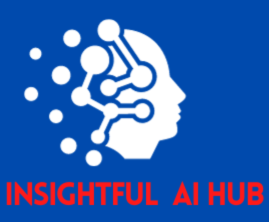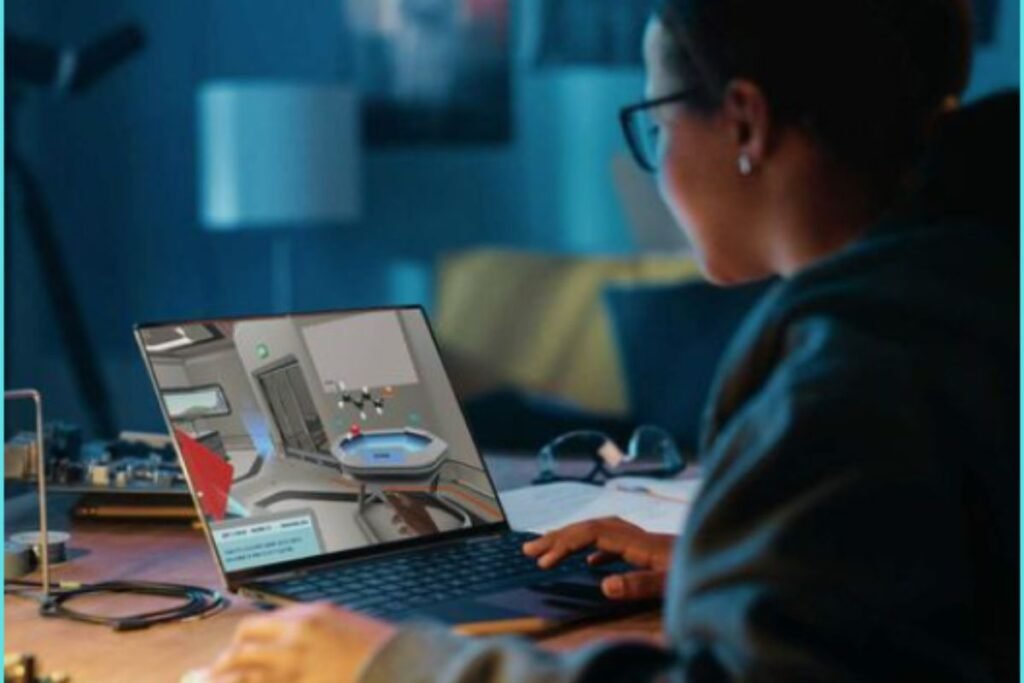Practical science education plays a pivotal role in honing the analytical and observational skills of high school students. However, traditional labs often encounter significant limitations, including restricted resources and potential safety hazards. This is where virtual science labs, powered by advanced AI simulations, step in as a viable alternative or supplement to physical lab experiences.
With the advent of artificial intelligence technology, these virtual science labs offer interactive and immersive learning environments that transcend the boundaries of conventional classroom settings. AI-driven simulations allow students to delve deeper into complex scientific concepts, conducting experiments that might otherwise be impossible due to logistical constraints.
One of the primary advantages of virtual labs is their unparalleled accessibility. Students from diverse geographical locations can engage in detailed scientific experiments without the necessity of a well-equipped physical lab. This democratization of scientific education ensures that every learner, irrespective of their school’s budget, has the opportunity to explore and understand advanced scientific principles.
Safety is another crucial benefit provided by virtual science labs. High school students can perform intricate experiments with hazardous chemicals or delicate equipment in a risk-free digital environment. This not only alleviates safety concerns but also instills greater confidence in students as they explore and learn.
Moreover, virtual labs offer the flexibility of endless experimentation. Students can repeat experiments as many times as necessary to grasp difficult concepts, fostering a deeper understanding. This repetitive practice comes without the additional costs typically associated with consumable lab materials, making it a cost-effective educational tool.
In essence, virtual science labs leveraging AI simulations bridge the gap between theoretical knowledge and practical application, ensuring a more holistic science education for high school students. They represent a forward-thinking approach that maximizes learning potential while mitigating the challenges associated with traditional laboratory settings.
List of Virtual Science Labs Using AI for Senior Students
#1. Labster
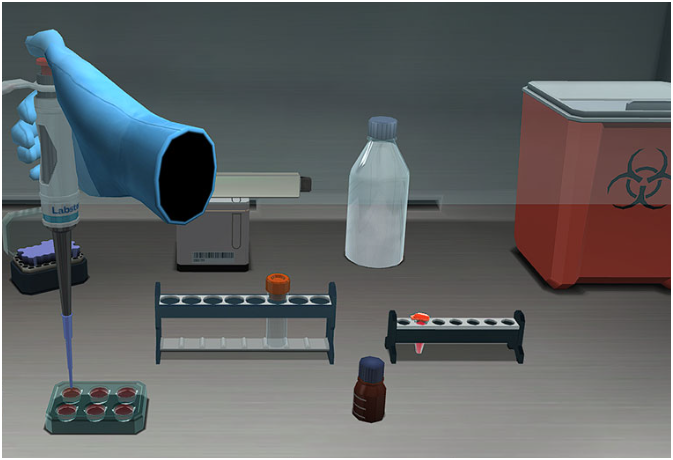
Labster is an immersive virtual science lab that leverages AI to simulate a realistic lab environment. It covers a comprehensive range of subjects, including biology, chemistry, and physics, with more than 200 different VR and 3D science simulations. AI is integrated to provide adaptive learning and immediate feedback.
Pros:
– Flexibility: Students can access labs anytime.
– Cost-Effective: Offers affordable pricing compared to physical labs.
– Ease of Use: Intuitive interface suitable for students and educators.
Cons:
– Limited Hands-On Experience: Simulations cannot fully replicate real-life lab work.
– Device Dependency: Requires modern hardware for optimal performance.
Pricing:
– Individual license: $10 per month.
– Classroom license: Contact for a quote. Visit Labster
#2. Beyond Labz
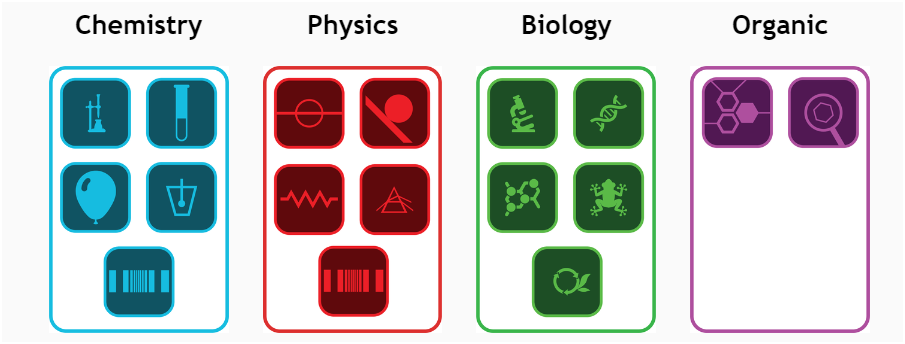
Beyond Labz offers simulations for various branches of science, including general chemistry, physics, biology, and physical science. AI drives the customization of experiments, adapting to student performance to enhance learning outcomes.
Pros:
– Customizable: Tailors content to individual learning paths.
– Broad Subject Coverage: Extensive range of topics.
– Engagement: Interactive and fun for students.
Cons:
– Setup Complexity: Initial setup can be cumbersome for some users.
– Scope: Limited in advanced and niche topics.
Pricing:
– Subscription: $25 per year per student.
– School license: Contact for pricing. Visit Beyond Labz
#3. MERGE EDU
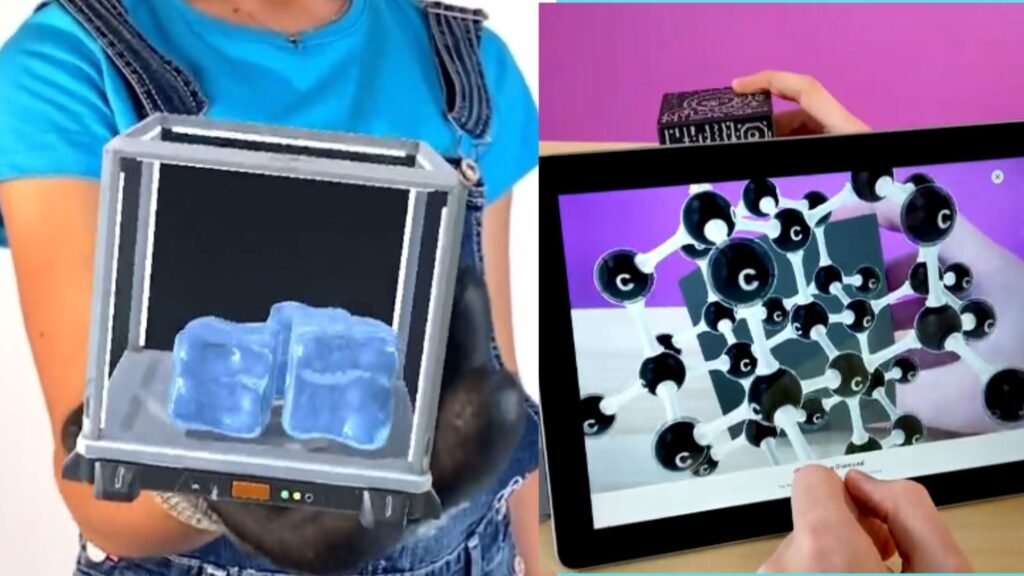
MERGE EDU offers a combination of AI-driven virtual labs and augmented reality for interactive science education. It covers subjects such as earth science, space science, and life science. AI helps in providing personalized learning experiences and assessments.
Pros:
– Innovative AR Integration: Enhances learning with augmented reality.
– Personalized Learning: AI adapts to student progress.
– Engaging Content: High engagement due to interactive elements.
Cons:
– Hardware Requirements: Needs specific AR-compatible devices.
– Subscription Costs: Slightly higher compared to other platforms.
Pricing:
– Subscription: $9.99 per month per user.
– School license: Contact for a quote. Visit MERGE EDU
#4. Phet
Phet provides a collection of free, interactive simulations for teaching and learning science. It covers subjects like chemistry, physics, earth science, biology, and math. AI is used to offer an adaptive and feedback-driven learning process.
Pros:
– Free Access: No cost for individual users.
– Wide Range of Subjects: Extensive simulations available.
– User-Friendly: Easy to navigate and accessible.
Cons:
– Limited Advanced Content: May not be suitable for higher-level students.
– Minimal AI Features: Less robust AI integration compared to paid platforms.
Pricing:
– Free for individual use.
– Custom solutions available for schools. Visit Phet
#5. LabXchange
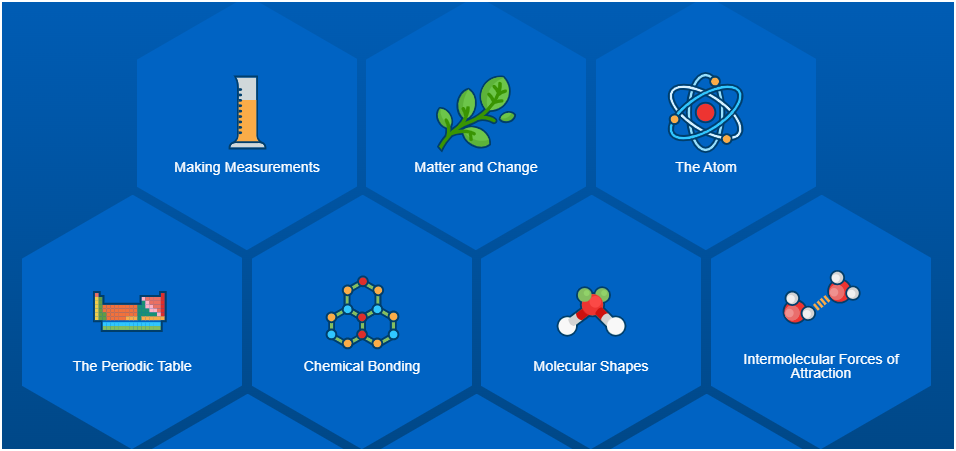
LabXchange, developed by Harvard University, offers a blend of high-quality lab simulations and educational resources. It covers molecular biology, genetics, and biotechnology, using AI to customize learning experiences and provide real-time feedback.
Pros:
– High-Quality Content: Collaboratively sourced from renowned institutions.
– Free Access: No cost for individual users.
– Adaptive Learning: AI enhances personalization.
Cons:
– Limited Subject Range: Focuses mainly on biological sciences.
– Internet Dependency: Requires a stable internet connection for optimum use.
Pricing:
– Free for individual use.
– Contact for institutional pricing. Visit LabXchange
Key Takeaways and Educational Impact
Virtual science labs, powered by AI simulations, are revolutionizing the way high school students engage with complex scientific concepts. The core takeaway from earlier discussions highlights how these virtual environments can significantly enhance a student’s understanding by providing interactive, hands-on experiences that traditional labs cannot always offer. By simulating real-world scenarios and experiments, students have the opportunity to witness and manipulate variables in a controlled, risk-free environment, thus deepening their comprehension and retention of scientific principles.
One of the standout benefits of these virtual labs is their ability to tailor learning experiences to individual needs. AI-driven platforms facilitate self-paced learning, allowing students to revisit challenging topics and conduct experiments multiple times until they firmly grasp the underlying concepts. This flexibility encourages a personalized learning journey, promoting autonomy and active engagement, which are pivotal in nurturing a lifelong interest in science.
Furthermore, these AI simulations foster curiosity and innovation. Students are not bound by the limitations of physical lab resources or safety regulations, which opens the door to exploratory learning. They can engage in advanced experiments that simulate real-world scientific research, igniting a passion for discovery and potentially inspiring future careers in STEM fields.
Various studies and real-world implementations underline the efficacy of virtual science labs. For instance, a study by the University of California found that students who utilized virtual labs showed a 20% improvement in test scores compared to those who did not. Feedback from both teachers and students has been overwhelmingly positive. Educators praise the engaging and dynamic nature of these platforms, noting improvements in student participation and enthusiasm for science subjects. Students themselves report a greater sense of achievement and confidence in their scientific abilities.
The role of AI in these virtual labs cannot be overstated. AI algorithms analyze student interactions and adapt the content delivery in real-time, ensuring an optimal learning experience. This approach not only makes the labs more engaging but also enhances their effectiveness as educational tools. By combining cutting-edge technology with educational best practices, virtual science labs are setting a new standard in high school science education.
Conclusion and Future Outlook
The advent of AI-powered virtual science labs holds immense promise for high school education. These innovative tools provide students with captivating, interactive experiences that extend beyond the confines of traditional classroom settings. By utilizing virtual science labs, students are afforded the opportunity to conduct experiments, explore complex scientific concepts, and deepen their understanding without the limitations of physical resources and safety concerns.
AI simulations offer a unique blend of immersion and engagement that complements conventional teaching methods. They serve as supplementary educational resources, empowering learners to explore subjects at their own pace and revisit experiments as needed. This creates a personalized learning environment that caters to individual student needs, potentially enhancing overall comprehension and retention of scientific principles.
Looking ahead, the future of virtual labs and AI simulations appears even more promising. We can anticipate a surge in interactivity levels, providing students with more dynamic and responsive learning experiences. Additionally, the scope of subjects covered by these labs could expand significantly, encompassing a broader spectrum of scientific fields. Enhancements in AI technology may also lead to augmented realism, further bridging the gap between virtual and physical lab experiences.
Educators and students are encouraged to explore and integrate these advanced tools into their educational routines. The potential benefits—ranging from increased accessibility and flexibility to richer and more diverse learning experiences—are too substantial to overlook. As the technology continues to evolve, virtual science labs may well become a staple in modern education.
We invite you to try out the AI-powered virtual science labs highlighted in this article. Your experiences and feedback can pave the way for continual improvements and innovations in this exciting realm of education. Embrace these tools and witness firsthand how they can revolutionize the way science is taught and learned in high schools.
Good Luck!
